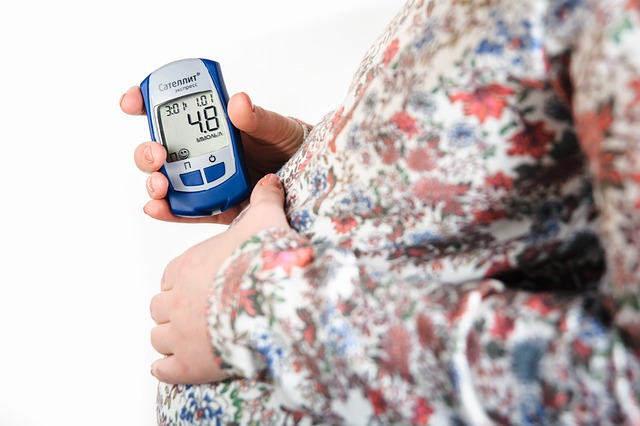Hey friends! Let’s chat about how exercise and diet can really boost your fertility journey. Studies have shown that women who stay active during pregnancy tend to have lower risks of issues like diabetes, high blood pressure, and pre-eclampsia. Plus, they often report feeling better overall, experience shorter labors, and have fewer medical interventions. The Centers for Disease Control and Prevention and the American College of Sports Medicine recommend that pregnant women get at least 30 minutes of moderate exercise most days of the week. The American Academy of Family Physicians and the American College of Obstetricians and Gynecologists agree—30 minutes a day is the way to go!
But here’s the thing: while gentle to moderate exercise is great for managing the stress that comes with infertility treatment, not all workouts are beneficial. Everyone’s threshold is different, and sometimes, excessive exercise can actually mess with ovulation or complicate fertility treatments. Balancing your diet is key, too—think complex carbs, lean proteins, and staying hydrated, especially when you’re active. Keep an eye on your weight; if you’re losing too much, consider upping your intake, and if you’re gaining, it might be time to reassess your diet. Rapid weight fluctuations? Not a good idea.
For those who are serious about their workouts, like serious athletes, you might need to increase your caloric intake to prevent fertility issues. If you already have a fitness routine in place, you can generally keep it up but with some tweaks. If you’re just starting out, a gentle approach is best—maybe aim for some brisk walking or swimming for 15 to 30 minutes a few days a week. Gradually increase your workout as you feel comfortable. If you’re finding it hard to chat while exercising, it may be time to slow down.
As you navigate through your infertility care, remember to modify your workouts. If something feels uncomfortable—especially around your ovaries—just skip it. Near the end of an IVF cycle, be extra cautious to avoid any jostling of your ovaries, which might be sore and at risk for torsion. Activities like vigorous step aerobics or running should be avoided during this time. Instead, focus on low-impact exercises like walking, yoga, or swimming. Aim for a target heart rate of 120-130 beats per minute from stimulation day 8 until about a week after your transfer.
Avoid any contact sports or activities that could risk bumping your abdomen, like horseback riding or downhill skiing. And, of course, steer clear of hot yoga or anything that might raise your body temperature too much. Everyone’s body is unique, so it’s always a good idea to have a chat with your doctor about your specific exercise plans.
In summary, while exercise is a fantastic addition to your fertility journey, it’s essential to listen to your body and make smart choices. If you want to dive deeper into fertility supplements, check out what Make a Mom has to say. For even more tips on managing your fertility journey, don’t miss this engaging post about home insemination. And if you’re looking for what to expect during your first IUI, this resource is an excellent read!

